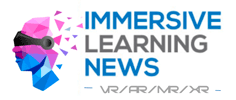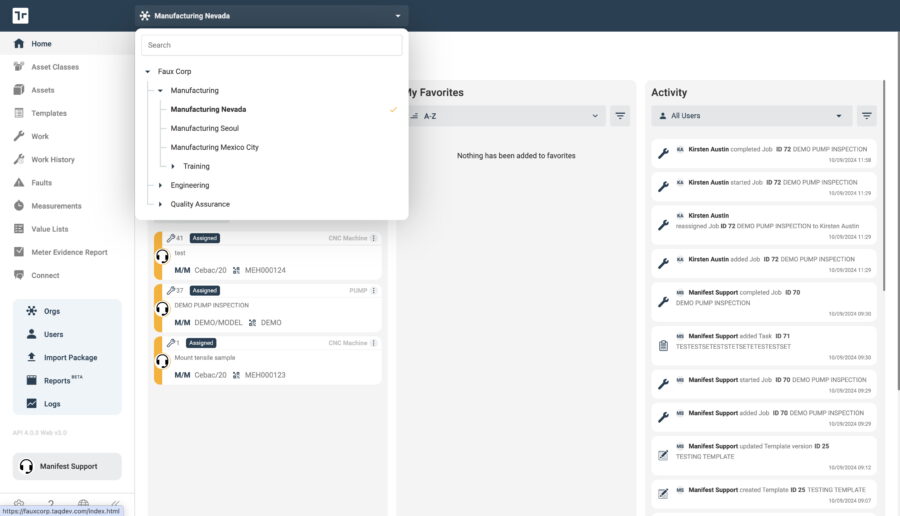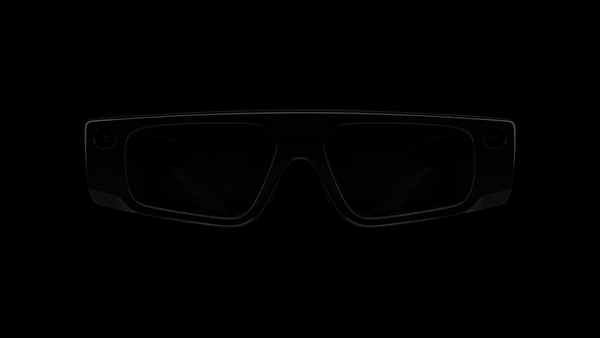Martec Training has introduced Assisted Reality (AR) headsets into its motor vehicle courses, enhancing the learning experience for students with Special Educational Needs (SEN).
The West Midlands-based training provider specialises in formulating structured learning plans for students with special education needs. One of its main challenges is the varying degrees to which students with different abilities absorb and retain information.
To overcome this, Martec has recorded significant benefits after participating in a trial pioneered by Autotech Connect, The Institute of the Motor Industry (IMI), and RealWear which saw over 30 AR headsets distributed to colleges and training providers nationwide.
The AR headsets have dramatically improved the students’ ability to recall what they have learned by allowing them to record and playback sessions at their own pace, while the hands-free technology has enabled them to use both hands while applying theoretical knowledge practically, enhancing engagement and retention.
Martec Training
Simon Kitson, operations manager at Martec Training and a former vehicle technician, said: “We have been delighted with the feedback from our teaching staff on how the headsets are being implemented by teachers and students alike to aid learning and support in the retention of information.
“The use of the headsets was also noted during a recent Ofsted visit, particularly how it is a great aid for supporting students with learning difficulties, allowing them to record the session and access the information later to go over it at their own pace.”
Darren Dowling, Autotech Connect’s client services director, added:
“Each establishment involved in the trial has observed unique advantages. For Martec Training, the headsets have proven to be an invaluable tool in engaging students and supporting teachers, ensuring higher retention of information and a more interactive learning experience for all students, regardless of their ability.”
Quelle:











